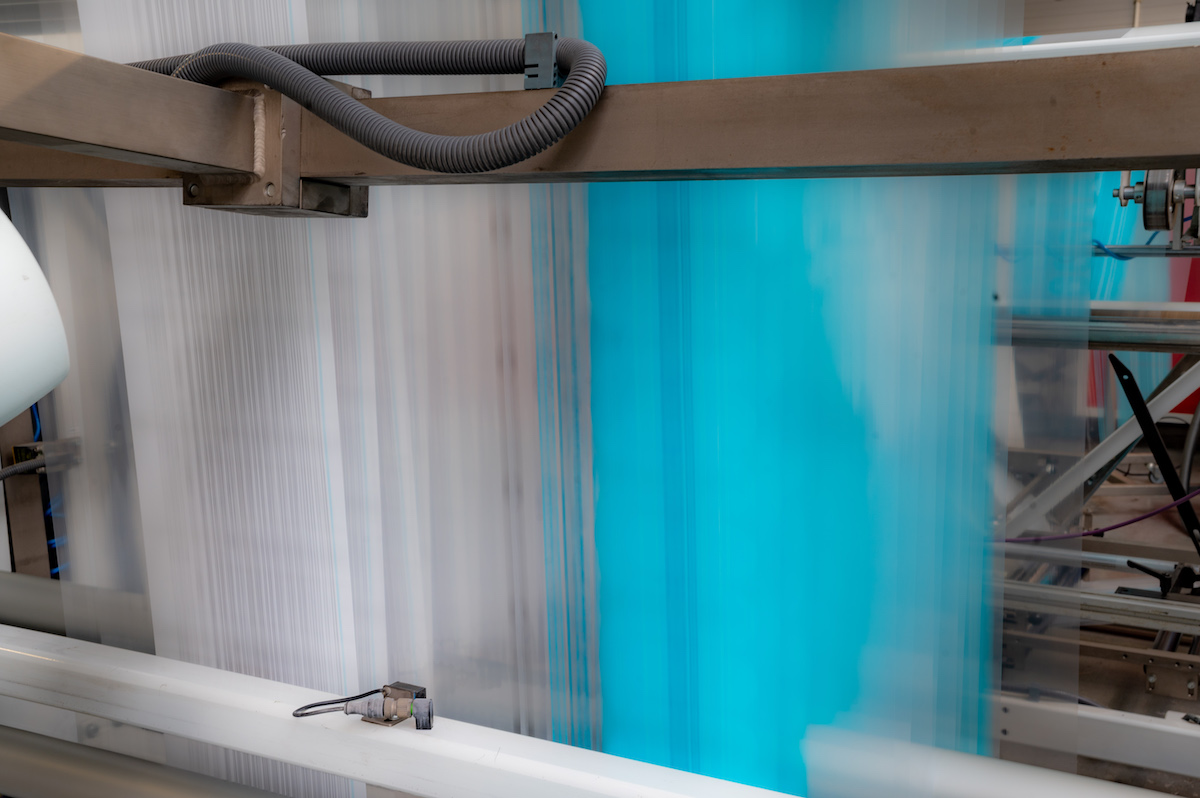




Regenerated plastic is a type of plastic that has been recycled from materials such as polyethylene terephthalate (PET). It is made by breaking down used PET bottles and other products into flakes which are then melted, shredded, and reformulated. This process allows for the creation of new products without the need to create additional virgin material.
The use of regenerated plastics not only helps reduce waste but also provides an economically viable alternative to using traditional petroleum-based materials. Additionally, it can help reduce carbon dioxide emissions since less energy is required in its production than when creating synthetic thermoplastics from scratch.
Through proper recycling practices and education on the importance of using regenerated plastics, we can work towards reducing our dependence on nonrenewable resources while still maintaining a high-quality product with minimal environmental impact. In this article, we focus on the properties of regenerated plastics and why it’s important in the packaging industry.
PET is an ideal material for regenerated plastics due to its strong chemical bonds, making it highly durable and resistant to degradation. This makes it perfect for use in packaging applications since the material won’t break down easily and can withstand high temperatures.
The recycling process starts with the collection of used PET bottles, containers, and other products, which are then broken down into flakes. These flakes are then melted at high temperatures before being reshaped into pellets. The pellets can be further processed to create a wide variety of new products, such as food packaging or even furniture.
The use of regenerated plastic has become increasingly popular due to its cost-effectiveness and high-performance levels. It is also an environmentally-friendly alternative as it requires less energy than creating synthetic thermoplastics from scratch, thus reducing carbon dioxide emissions. In addition, it helps reduce the amount of waste sent to landfills since used PET containers can be recycled into new products.
Regenerated plastic has numerous benefits for the packaging industry, including cost-effectiveness, durability, and environmental friendliness.
First of all, regenerated plastics are much more affordable than traditional materials such as PVC or PETG. This is because they require less energy to produce, which reduces their overall manufacturing costs. Additionally, since they’re made from recycled material, there’s no need to create additional virgin plastic, which further helps reduce production costs.
Another benefit of using regenerated plastics in packaging applications is their increased durability and strength compared to other materials like paper or cardboard. Since these types of plastics have strong chemical bonds that don’t easily break down under extreme temperatures or pressure, it makes them ideal for use in food packaging where the product needs to be protected against spoilage and contamination. Furthermore, since regenerated plastic containers can be reused multiple times without losing any performance levels, it helps promote sustainability within the food industry by reducing waste sent to landfills from single-use items like bags or cups.
Lastly, using regenerated plastic instead of traditional petroleum-based materials helps reduce our dependence on nonrenewable resources. This is beneficial for both the environment and the economy as it allows us to conserve energy while still producing high-quality products with minimal environmental impact.
And you can’t forget about the aesthetic value that regenerated plastic provides. The material is available in a variety of colors and textures, which helps create eye-catching packaging designs that will stand out on store shelves.
In conclusion, regenerated plastic is a great option for the packaging industry due to its cost-effectiveness, durability, and environmental friendliness. Not only does it help reduce our dependence on nonrenewable resources, but it also allows us to create aesthetically pleasing designs that will attract consumers.
Additionally, since these types of plastics don’t easily break down under extreme temperatures or pressure, they provide increased shelf life for food products, which helps promote sustainability within the industry by reducing waste sent to landfills from single-use items like bags or cups.
By properly recycling used PET bottles and other materials, we can ensure that this type of material continues to be available for use in packaging applications while still maintaining a high-quality product with minimal environmental impact.